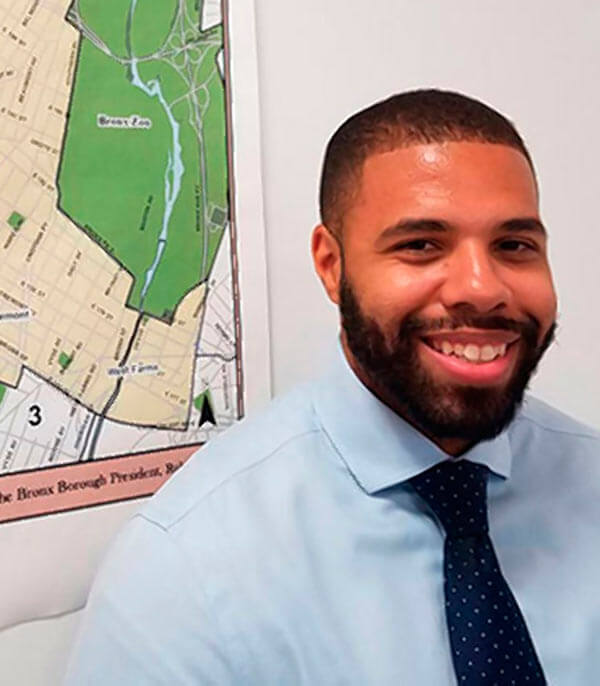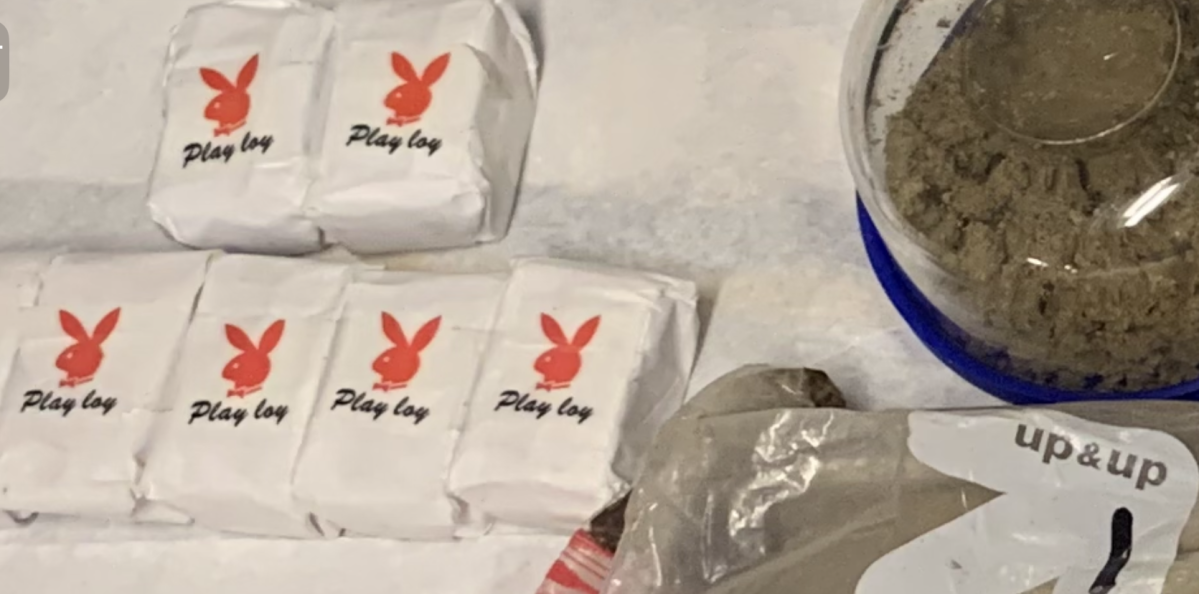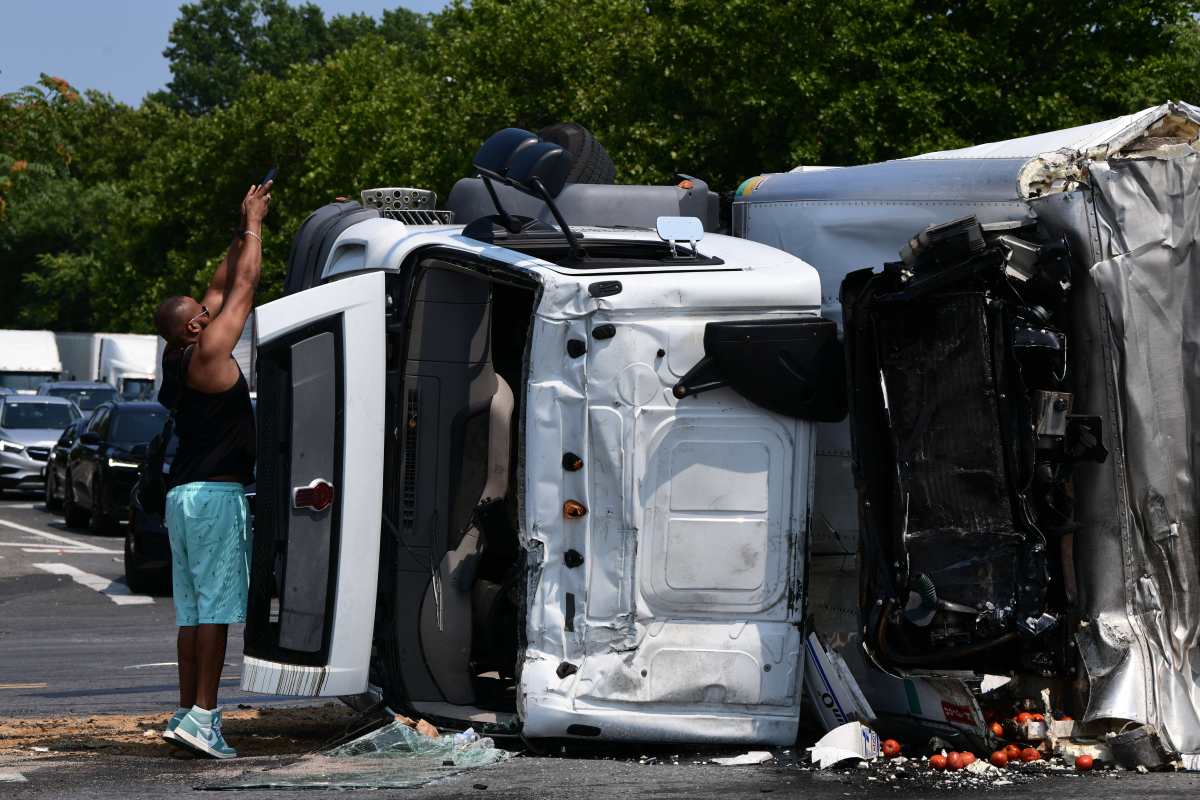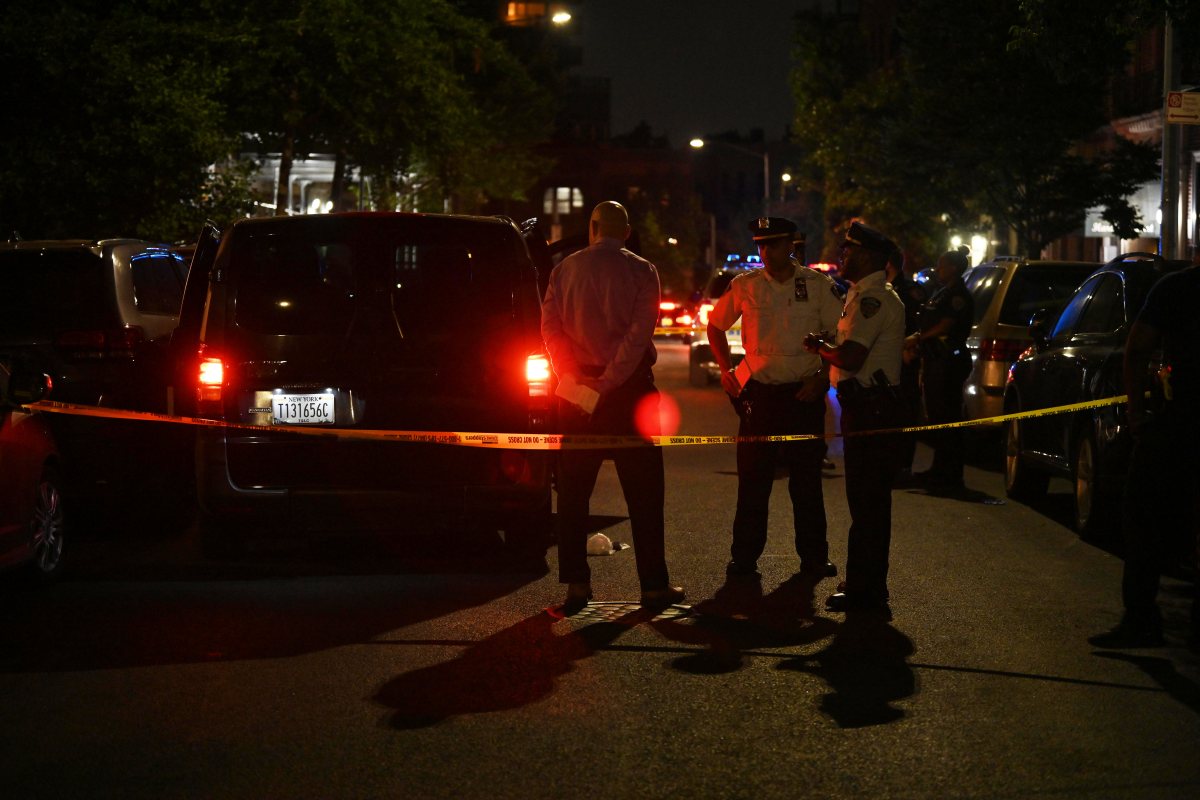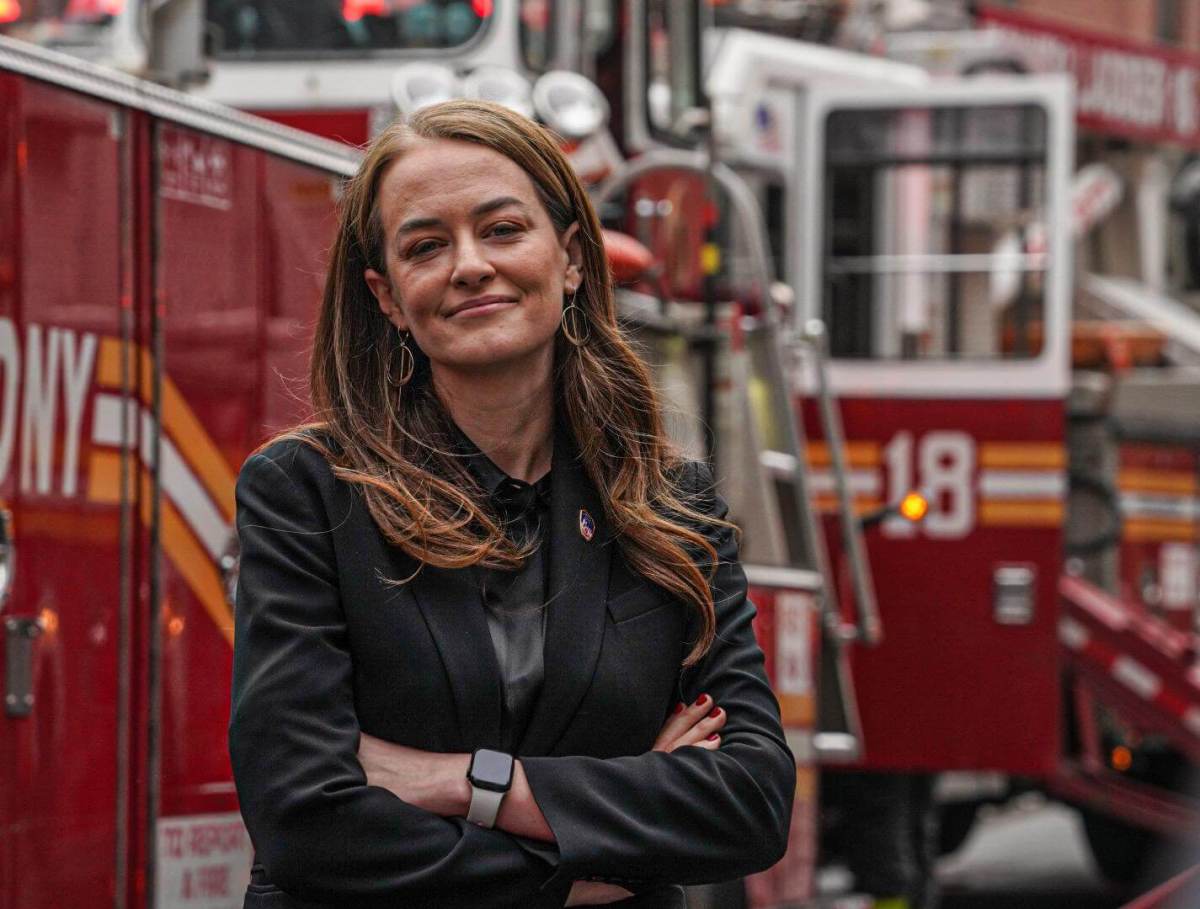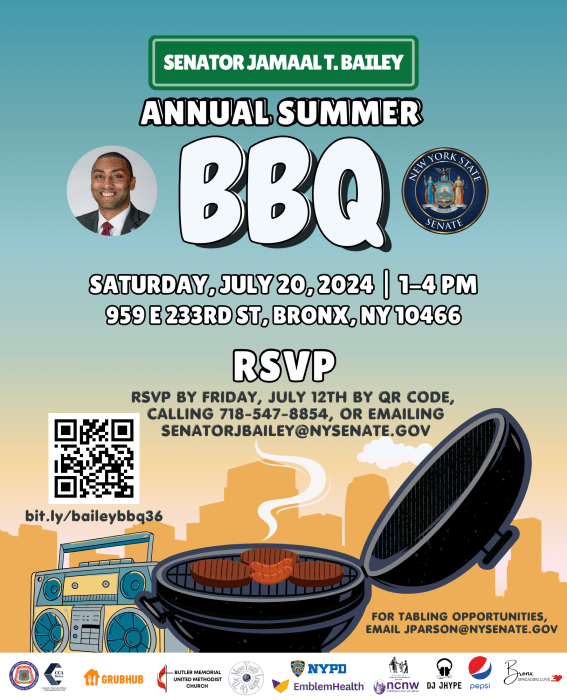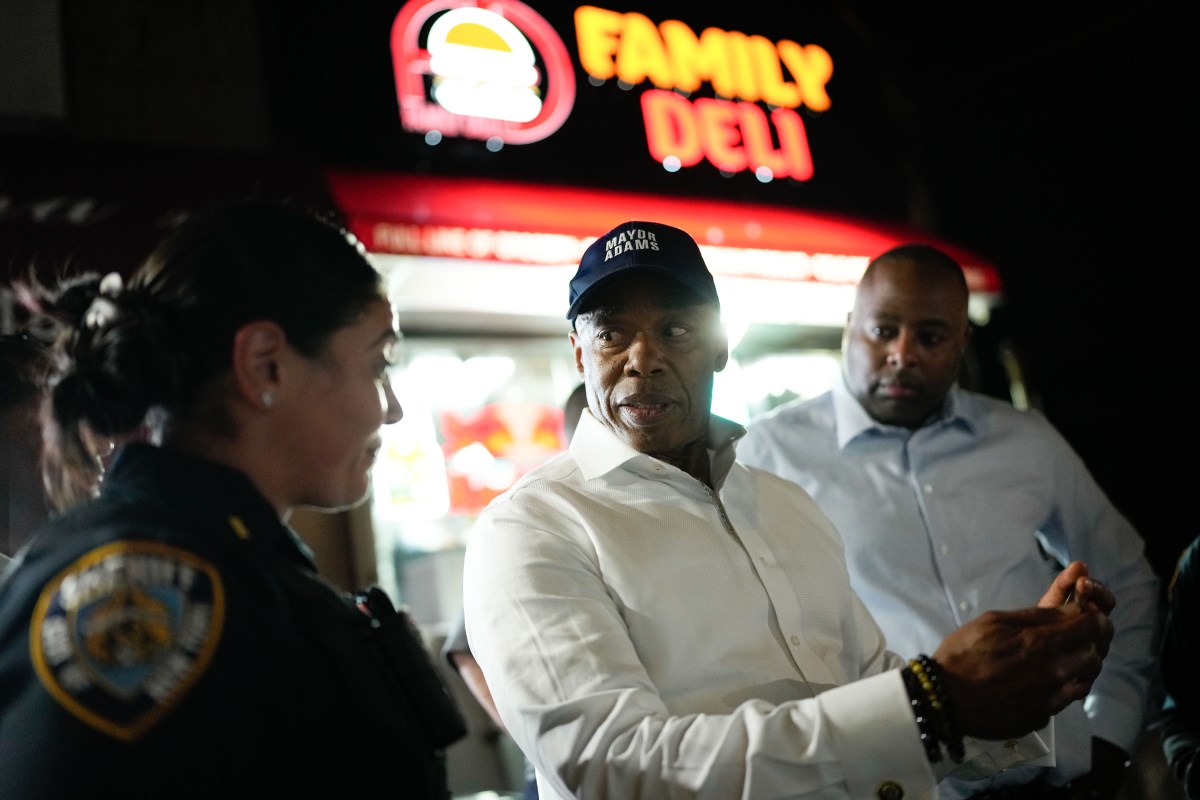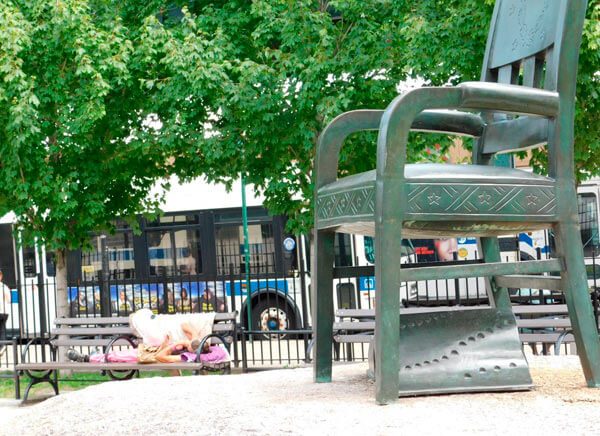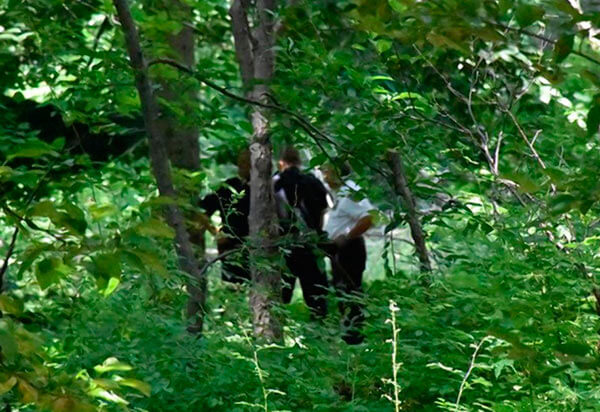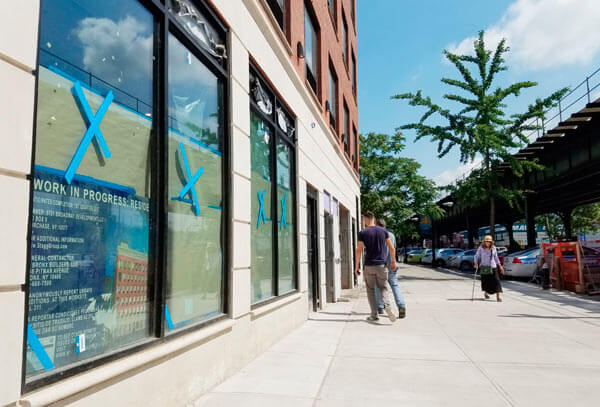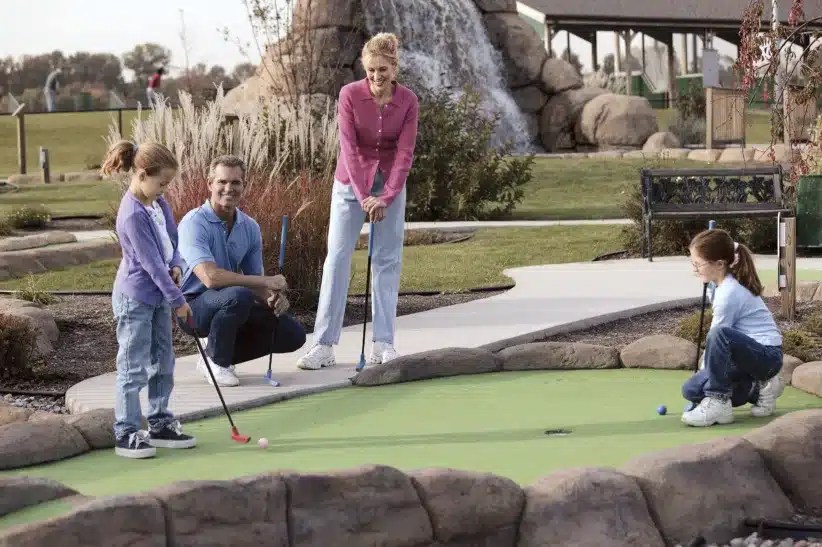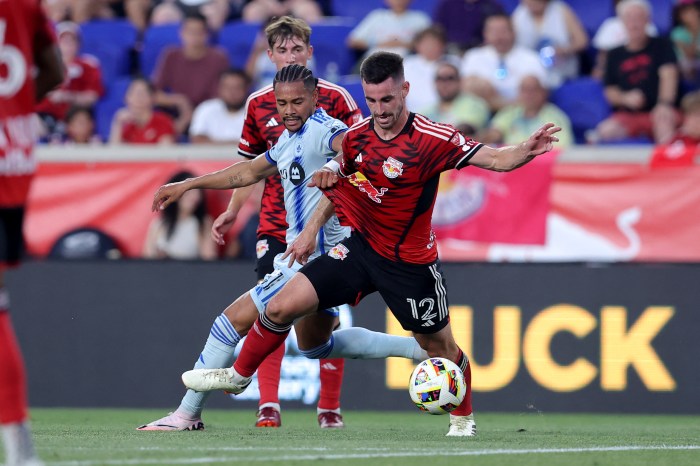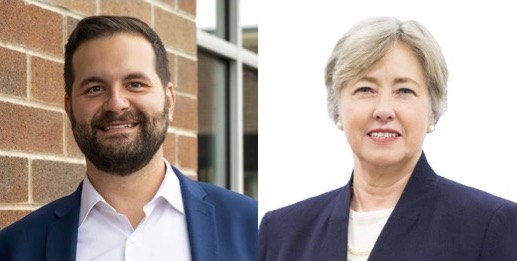A homeless plan announced last week by Mayor de Blasio appears to heavily target the Bronx.
A lack of specifics over the exact locations of those shelters has left borough public officials concerned.
The plan, unveiled by the mayor Tuesday, February 28 in a speech at the Federation of Protestant Welfare Agencies office calls for the closure of 360 cluster sites, apartments rented by the city for the homeless, as well as an end to the controversial use of hotels to house the homeless.
“Our plan will continue to bring more people off the streets, reduce the number of shelter sites by almost half, while strengthening services and keeping homeless New Yorkers closer to the supports they need to help them get back on their feet,” de Blasio said.
The mayor’s plan calls for 90 new traditional homeless shelters across the city, in addition to the expansion of 30 existing shelters.
A key point of the proposal is a concerted effort to keep the shelters close to where the displaced populations call home.
Under the plan, the city will open 20 new shelters per year over the next five years.
The city will provide 30 days notice to communities in advance of a shelter opening, and will also notify communities when it rents hotel rooms for homeless populations during the transition period.
While the plan is a citywide strategy, recent published reports found the Bronx and Brooklyn will be most impacted by the new plan.
In the Bronx, Councilman Ritchie Torres district, which includes Belmont, Tremont and West Farms, and has the highest number of cluster sites in the Bronx.
The councilman said in a release he understands the legitimate need for more shelters, but was concerned that the Bronx might continue to be targeted for additional facilities.
“My concern is that the boroughs that shoulder the greatest burden will continue to do so,” Torres stated. “While shelters are likely preferable to cluster sites, the only real solution is permanent affordable housing.”
Community Board 6 district manager John Sanchez said while a new LGBT shelter championed by Torres had been welcomed, plans to build more shelters in the area would likely meet resistance from residents and community leaders.
“Some communities are going to be fiercely opposed to it and be successful, and others won’t be as powerful politically and may get the shelters in their area despite what people want,” Sanchez said.
CB 6 already has 17 shelters, the second most of any community in the entire city, according to Sanchez.
CB 6 has 34 cluster sites – 55 percent of the citywide total.
That number includes the new LGBT shelter, which moved into an existing drug rehab center that had been run by Phoenix House.
That shelter also provides employment training, Sanchez said.
“We supported that one because it was an existing shelter site, it just changed its population,” he said.
Sanchez was notified Tuesday, March 8, that an 18th shelter was headed to the board area.
The new site at 2351 Prospect Avenue will have 33 units for shelter clients and eight units of affordable housing.
“The overall sentiment is that you want there to be a fair process in which if there are going to be more shelters, every community board should have shelters, not just concentrate them in two or three community boards in the Bronx”
While the city provides notice before opening a shelter, emergency shelters of safe haven sites can be opened with little or no warning under an emergency order.
While 30 days isn’t a lot of time, Sanchez said residents in Masbeth, Queens, were able to get plans for a shelter thrown out by actively protesting the proposal.
“They scared off the private developer to the point that he didn’t want to build the shelter anymore,” Sanchez said. “They were picketing outside his house. It was pretty extreme.”

